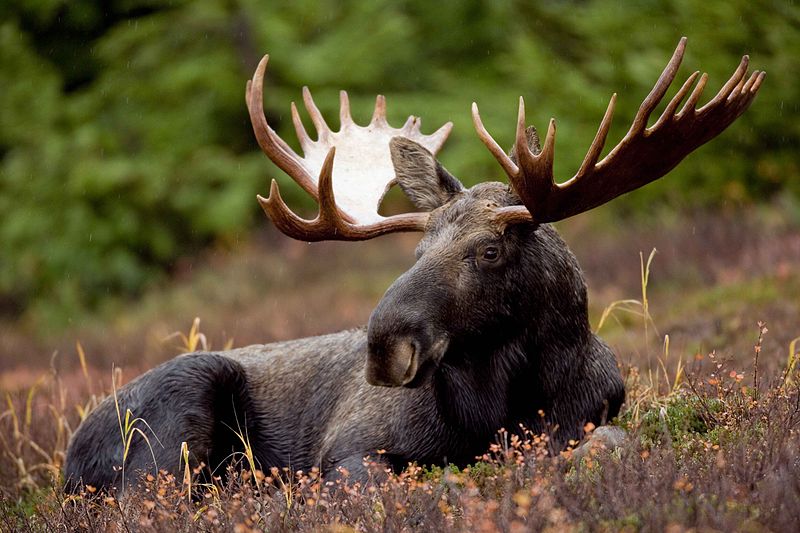This train of thought on the long-term purposes
that morés serve for human tribes brings us to an implication deeply embedded
in our argument. Close analysis of individual human behaviors reveals that some
of them can’t be completely explained by their long-term advantages for the
tribe. We can’t reason our way to a moral code for all humans until we
understand that humans are capable of noticing and labeling large patterns in
their thinking. Frequently occurring patterns. These are the ones that we
usually call concepts or beliefs. Using and comparing them in our
minds is what we do when we think.
We humans act much of the time in ways that our cultures have programmed us to act, but we also can figure some situations out for ourselves and try new responses to them. We can learn on our own. Sometimes, we even add useful new ideas and mores to our whole culture.
We humans act much of the time in ways that our cultures have programmed us to act, but we also can figure some situations out for ourselves and try new responses to them. We can learn on our own. Sometimes, we even add useful new ideas and mores to our whole culture.
Behaviourism’s model of how humans think is left
behind at this point since it does not take account of how we form concepts. It
pictures stimulus and response as being connected in a one-to-one, mechanical
way. It then explains some individual behaviors for which stimulus and response
can be clearly described in convenient, objective terms. The behaviorist
reports that “The organism sees and recognizes these colours, shapes, and
sounds, pushes the bar, and gets the food-pellet reward.” For example, a rat
sees a light go on in its cage, presses the bar it has learned to press, and
gets a food pellet reward. I go to work at the factory, punch my time card at
the clock beside the door, put bolts on widgets for nine hours, punch out,
collect my pay, and go home. This picture of learning and behaving, for the
behaviorists, demonstrates how all learning and doing works for all living
things all the time. Or so the behaviorists say.

Bull Moose (credit: Ryan Hagerty, Wikimedia Commons)
But a human can confront situations that are not,
by sensory evidence, like anything the human has encountered before, and still
the human can react effectively. The English hunter who had never seen a moose,
kangaroo, or rhinoceros in muskeg, outback, or veldt still knew where to shoot
to kill one. Polynesian sailors navigated well by the stars of a new hemisphere
when they first came to Hawaii as did European sailors when they first began to
explore the lands and seas south of the equator. In each of those situations,
they used a set of concepts—ideas based on patterns found in large numbers of
experiences. For example, the animal’s heart lies at the bottom of the ribcage,
slightly to the left of center, and a heart shot is fatal for every animal on
this planet.
Furthermore, a man may react in one way to a new
stimulus in his first encounter with it and quite differently in his next
encounter, after he has thought about the stimulus situation for a bit longer.
He sees a deeper, more general pattern that he recognizes, and then, based on
concepts stored in his memory, he plans and executes a more effective response
to it. The lists of concepts and their uses could go on for pages.
No comments:
Post a Comment
What are your thoughts now? Comment and I will reply. I promise.